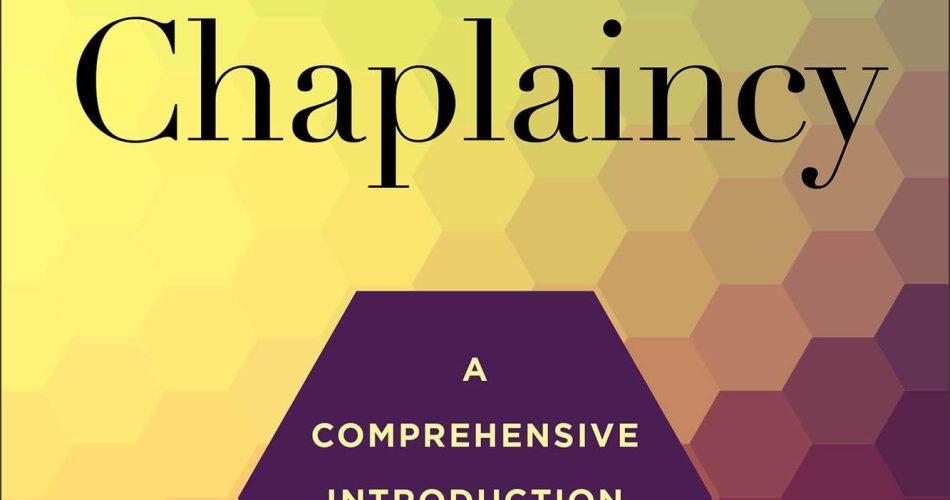As a minister who made the transition from congregational pastoring to healthcare chaplaincy approximately four years ago, Jumper’s primer to chaplaincy caught my attention. It is unquestionably successful in serving as a primer for those who may be sensing a call into chaplain ministry across any one of its various functional fields (i.e., medical, military, corporate, sports). In fact, the entire second half of this textbook systematically examines ten functional areas where chaplaincy may be applied.
Whereas the second half focuses on the functional, the first half delves into the practical application of chaplaincy. In those opening chapters, the authors discuss the history of chaplaincy, as well as the biblical and philosophical basis for chaplain ministry. They also discuss at length the prerequisites and continuing educations requirements that may be demanded for a chaplain role. Furthermore, the practical guide walks through the constitutional rights and legal parameters, including confidentiality, which pertain to the chaplain.
While this is certainly an excellent textbook for those interested in learning about the basics of chaplaincy or who may be beginning as students of chaplaincy, I felt the book was full of repetition. There is a lot of overlap when it comes to educational and religious support requirements for various chaplain applications, and the authors tended to repeat these again and again at each section. The same was true for the functional areas of chaplaincy: yes, there are distinctions between the ten fields, but I felt the authors repeated many of the commonalities between them. I would have loved to have heard more specific and nuanced insights to each functional field.
I deeply appreciated the way the authors spoke of the ministry of the chaplain. They often referred to the calling of the chaplain in much the same way as one might sense a call into pastoring or other fields of ministry. In this way, then, they differentiate chaplaincy from any other support occupation and emphasized the necessary faith and fellowship for the chaplain. Then, their comments on how the chaplain can remain true to his or her theological beliefs while simultaneously needing to minister to others of different convictions was insightful.
In conclusion, if you are looking for a basic introduction or primer into chaplaincy, this is an excellent resource. If you already have some experience as a chaplain or looking for some specific practical advice for a particular chaplain setting, this will likely stop short of what you are needing.
I am grateful to Netgalley and Baker Academic & Brazos Press for the opportunity to read through an advanced copy in exchange for my honest review.

